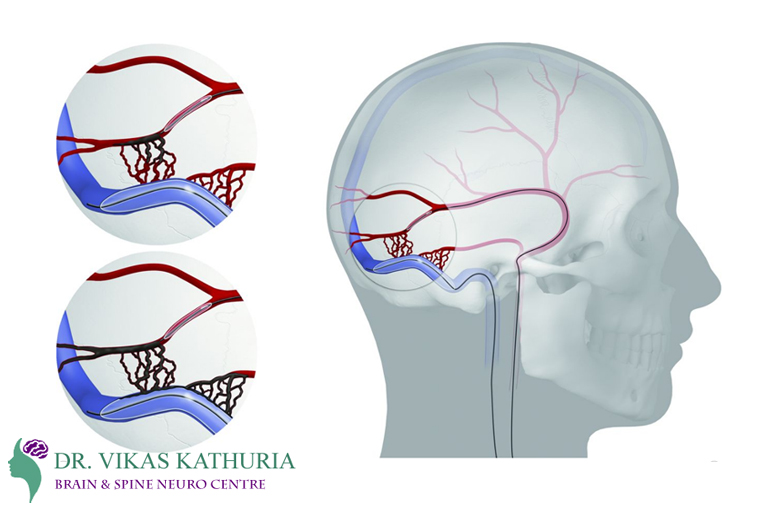The Arteriovenous Fistula (AVF) is a type of vascular access that allows a patient with end-stage renal disease to have an alternative method of dialysis.
Certainly, it is one of the most successful vascular access procedures.
The AVF is one of the most common vascular access procedures in patients with end-stage renal disease. It is used to connect a patient's artery to a vein. It can be used for either hemodialysis or peritoneal dialysis.
The Arteriovenous Fistula is created by making an anastomosis between an artery and a vein. The two vessels are connected to each other by creating a connection between the artery and the vein. This connection is created by suturing the vessels together.
Once the two vessels are connected, a blood flow can be established. The two vessels that are connected to each other are known as the arterial and venous sides. The arterial side is the vessel that has the blood flow coming into the body. The venous side is the vessel that has the blood flowing out of the body.
Types of Arteriovenous Fistula
There are two different techniques used to create the AVF.
The first technique is to use a surgical procedure. This is major surgery. It is performed under general anesthesia. The patient will be in the hospital for a couple of days. The second technique is to use a non-surgical procedure. This is a less invasive procedure. The patient can perform the procedure at home.
If the patient has the non-surgical procedure performed, the patient will need to perform the surgery in the hospital. The patient will need to have an appointment with the doctor for a week or two after the procedure.
Consult Dr. Vikas Kathuria for the best Arteriovenous Fistula Treatment in Gurgaon, Delhi, India

